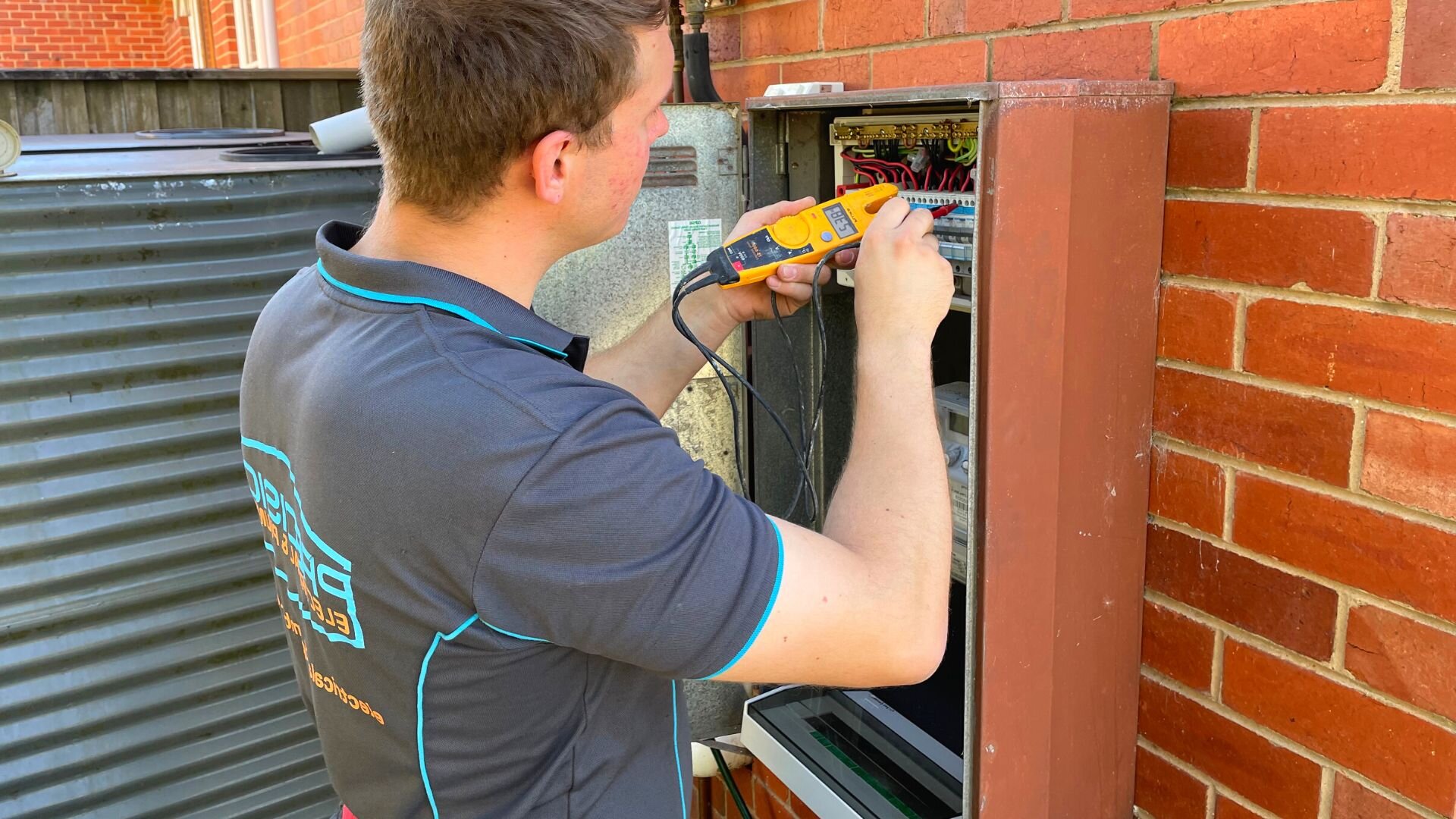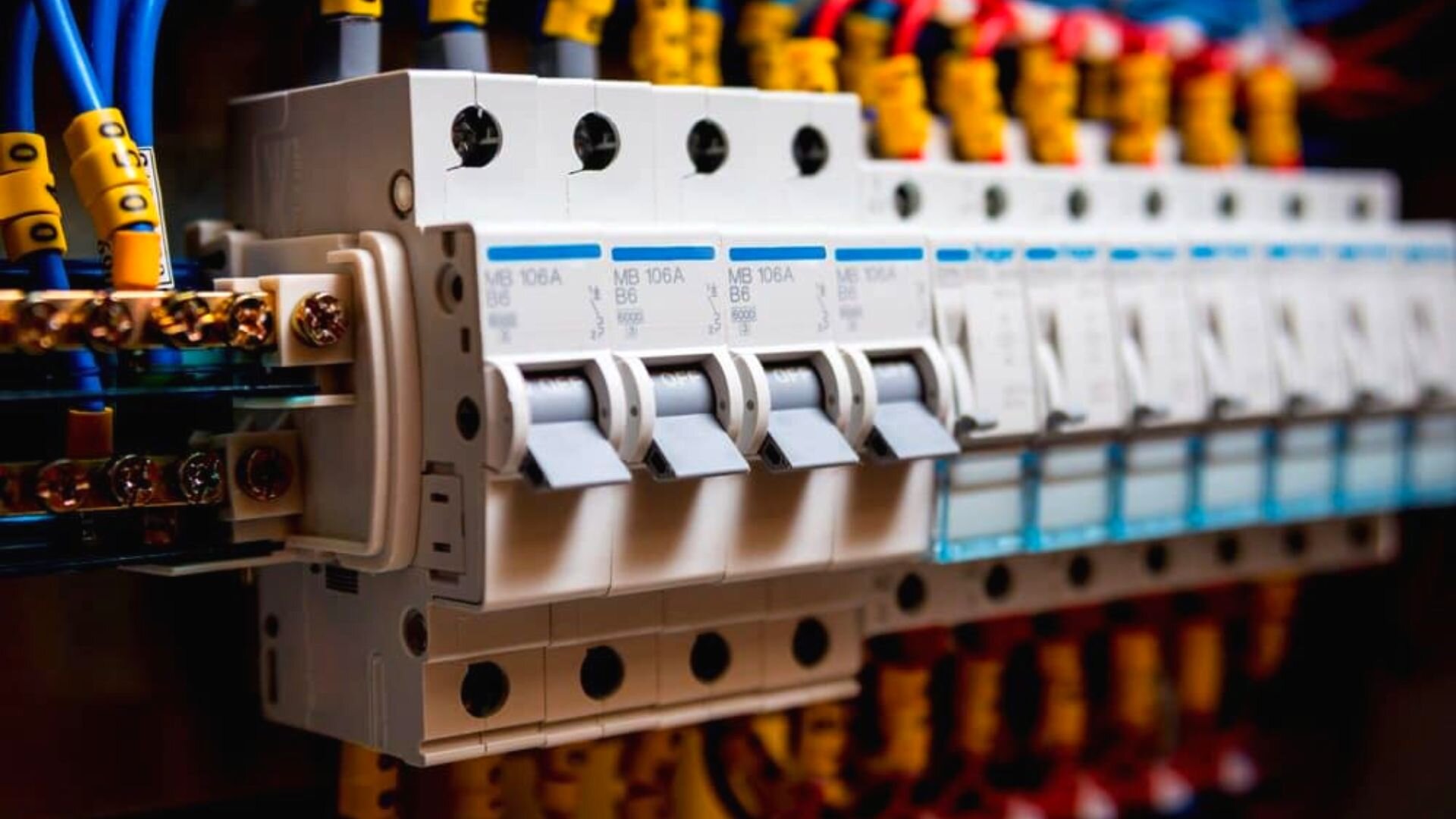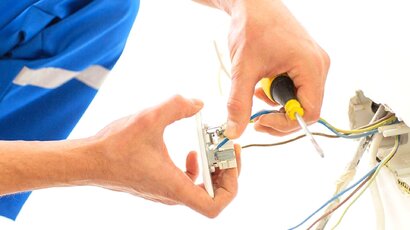Switchboards are among those things that we use every day and often walk past without giving a second thought about how they work.
You’ll find these panels everywhere in the urban landscape, from commercial buildings to residential areas. They are critical to enabling our electrical devices and implements to work, being one of the most important components in the basic circuit distribution of a building.
Switchboards only ever draw attention when something goes wrong with them. Apart from such instances, have you ever wondered how a switchboard works and why it is used?
Here’s a complete overview of the functionality of an electrical switchboard and how it brings you the electricity you need.

Switchboards serve as a conduit that gives you control over the electrical processes of your devices. Simply put, think of switchboards as the middleman between the electrical mains and your electrical appliances. Once a switch is flipped, electrical current flows uninterrupted from the mains to your devices.
Of course, several additional aspects feed into the functionality of an electrical switchboard. One such factor is to divide the main electrical power feed into branch circuits, which carry smaller amounts of current for devices to function safely. Suffice it to say; a modern household can’t function without switchboards.
At first glance, the structure of a switchboard is pretty simple: it is a flat panel with several buttons on it. But in reality, several parts make this simple construction functional, and they can be challenging to work through without prior knowledge.
Some of the main parts include the following:
Of course, no electrical switchboard would work without a well-functioning circuit. These closed loops carry power to other parts of smaller buildings or areas, making them a core component of the electrical grid as a whole. Our electrical grids would not exist without circuitry.
Circuits, known as branch circuits, are often divided into smaller parts that carry only enough current to run a device or appliance safely.
Switches make for yet another crucial component in these electrical panels, allowing you to control whether a particular single-circuit loop is completed or interrupted. With on and off switches, you can direct, redirect or turn off the power flow to a device or electrical implement when necessary.
Being able to turn an electrical device on or off is a basic way of saving power. After all, a device with no off switch would waste plenty of energy.
Additionally, devices like single or multiple generators can act as secondary switches to the switchboard. This allows you to determine whether the power goes to a particular switchboard.
Other switches may give you greater control over the amount of power a device receives. A regulator wheel, for instance, can give you more precise control over the light bulb’s intensity or the fan’s speed.
Busbars are strips of metal, usually aluminium or copper, that transfer high-power electrical current through the switchboard. These are an essential backbone for the safety of your switchboard, as busbars connect to a relay or a series of circuit breakers.
There is debate about using copper over aluminium and vice versa, as both metals have their respective benefits. Aluminium is extremely light and more convenient for electrical components, while copper can outdo aluminium in carrying high current volumes. You can find switchboards that use either type of busbar, depending on where they are used.
Protective devices prevent your switchboard from overloading, ensuring that your electrical appliances run smoothly. A switchboard upgrade is not only crucial for your safety, but they are also legally required in some places.
In Victoria, safety switches are required on lighting and power circuits in new properties and in older properties undergoing extensive renovations.
One switchboard may come with multiple panels, one of the most vital smaller components in the board. A panelboard unit can transmit and redirect electricity depending on the function the switchboard must fulfil and where the board is located.
High-quality electrical panels can safely transfer electrical current with little power loss. The high performance and safety aspects make these desirable.
There is no single type of switchboard that suits all functions. Several kinds are installed in different locations to conduct and channel electricity. Here’s a brief overview of the different types of switchboards.

General Purpose switchboards are often seen in residential areas and may include a protective circuit breaker of moulded or insulated varieties. Additionally, they may come with fused switches, surge protection and metering.
Designed to be used as a commercial, industrial and service entrance switchboard, fusible switchboards are dedicated to protecting feeder and branch circuits. Should anything go awry, service entrance switchboards have an instantaneous trip function to cut off all power.
Typically used for electrical utility metering requirements in commercial settings, commercial metering switchboards serve as the electrical system distribution and metering. Depending on the requirement, the meter sockets can be of the bulb type or the electronic tenant variant used in an integrated facility system.
The difference between a general-purpose switchboard and a draw-out moulded case switchboard is the latter’s capability for multiple switch feeder power breakers. Healthcare and other important applications use these to minimise system downtime during maintenance with these feeder breakers.
Switchboards are a relatively complex part of our daily lives and are required by law to comply with current safety regulations. After all, there is no reason why anyone should have to face house fires, malfunctioning power control equipment, or flickering lights stemming from a faulty switchboard.
So, upgrade your switchboard if you live in an old home that has not been rewired in a long while. Newer switchboards must be installed once an existing board grows beyond a certain age. You can check the legal requirements on the state’s official website about electrical safety.
And if you are in Melbourne, speak to our electrical experts at Precision Electrical & Plumbing. Our team of professionals can handle any issues you face, from frequent electrical disconnects to faults and everything in between. We can help install and upgrade switchboards according to your needs without hassle!
{{author:bio}}
Find them on their website: Precision Electrical & Plumbing, Facebook and LinkedIn.
Do you never know what certain electrical terms mean? We've got you covered with our extensive glossary of common electrical terms!
Read MoreInstalling a safety switch in your home protects you and your family! Learn how to test your safety switch and what to do when it trips in our guide.
Read MoreAre you confused about why an electrical power point in your house has suddenly stopped working? Here’s all you need to know about faulty electrical power outlets.
Read More


